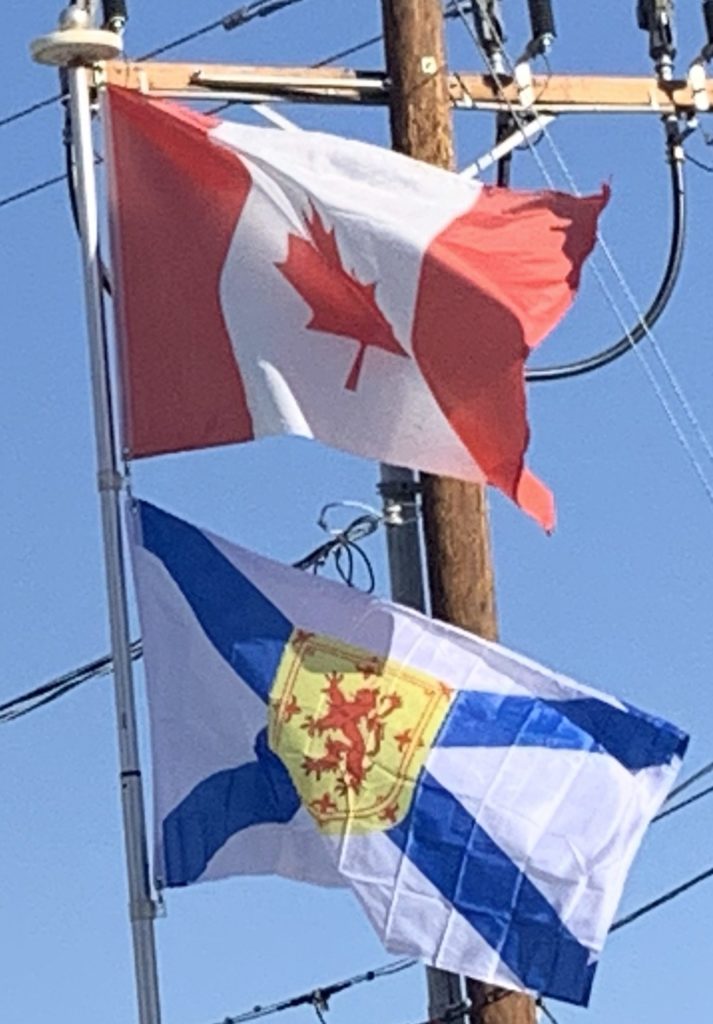Introduction:
Nova Scotia is one of Canada’s three Maritime Provinces, and one of the four provinces that form Atlantic Canada.
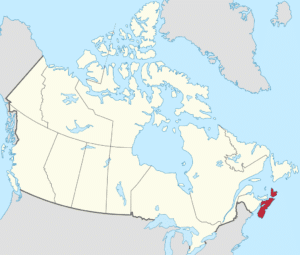
Its provincial capital is Halifax. Nova Scotia is the second-smallest of Canada’s ten provinces, with an area of 21,300 square miles, including Cape Breton and another 3,800 coastal islands. As of 2016, the population was 923,598. Nova Scotia is Canada’s second-most-densely populated province, after Prince Edward Island, with 45 residents per square mile.
Etymology:
“Nova Scotia” means “New Scotland” in Latin and is the recognized English-language name for the province. In both French and Scottish Gaelic, the province is directly translated as “New Scotland”. In general, Romance and Slavic languages use a direct translation of “New Scotland”, while most other languages use direct transliterations of the Latin / English name.
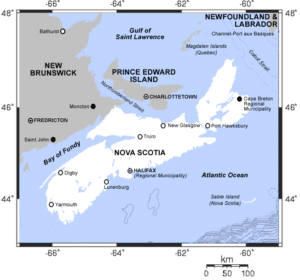
The province was first named in the 1621 Royal Charter granting to Sir William Alexander in 1632 the right to settle lands including modern Nova Scotia, Cape Breton Island, Prince Edward Island, New Brunswick and the Gaspé Peninsula.
Geography:
Nova Scotia is Canada’s smallest province in area after Prince Edward Island. The province’s mainland is the Nova Scotia peninsula surrounded by the Atlantic Ocean, including numerous bays and estuaries. Nowhere in Nova Scotia is more than 42 miles from the ocean. Cape Breton Island, a large island to the northeast of the Nova Scotia mainland, is also part of the province, as is Sable Island, a small island notorious for its shipwrecks, approximately 110 miles from the province’s southern coast.
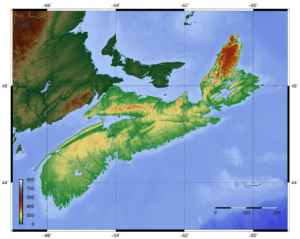
Nova Scotia has many ancient fossil-bearing rock formations. These formations are particularly rich on the Bay of Fundy’s shores. Blue Beach near Hantsport, Joggins Fossil Cliffs, on the Bay of Fundy’s shores, has yielded an abundance of Carboniferous-age fossils. Wasson’s Bluff, near the town of Parrsboro, has yielded both Triassic– and Jurassic-age fossils.
The province contains 5,400 lakes.
History:
Overview:
The province includes regions of the Mi’kmaq nation of Mi’kma’ki (mi’gama’gi). (The territory of the Nation of Mi’kma’ki also includes the Maritimes, parts of Maine, Newfoundland and the Gaspé Peninsula.) The Mi’kmaq people inhabited Nova Scotia at the time the first European colonists arrived. In 1605, French colonists established the first permanent European settlement in the future Canada (and the first north of Florida) at Port Royal, founding what would become known as Acadia.
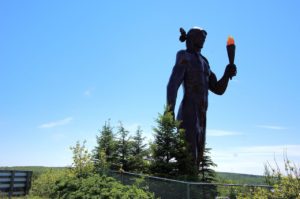
The British conquest of Acadia took place in 1710. The Treaty of Utrecht in 1713 formally recognized this and returned Cape Breton Island (Île Royale) to the French. Present-day New Brunswick then still formed a part of the French colony of Acadia. Immediately after the capture of Port Royal in 1710, Francis Nicholson announced it would be renamed Annapolis Royal in honor of Queen Anne. In 1749, the capital of Nova Scotia moved from Annapolis Royal to the newly established Halifax. In 1755 the vast majority of the French population (the Acadians) was forcibly removed in the Expulsion of the Acadians; New England Planters arrived between 1759 and 1768 to replace them.
